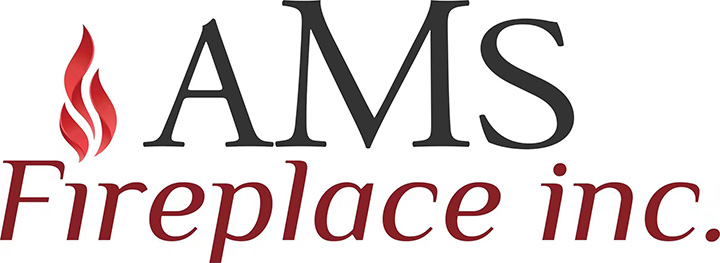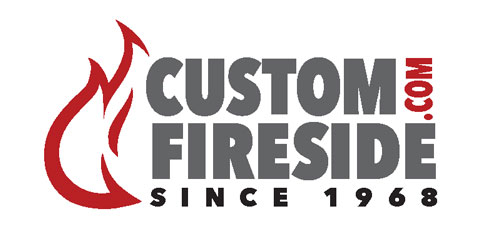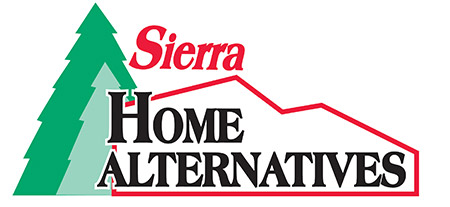A new wood-burning stove, insert, or fireplace will emit smoke and fumes during the first couple of start-up fires.
This is normal and is called “off-gassing.” As paint cures and oils from the manufacturing process burning off, strong odors and smoke may occur. These fumes are non-toxic and may be objectionable to some.
You will need to perform a break-in procedure. You want to do this on a relatively mild day and simply open a window to ventilate the room. This new equipment will typically take 3 or 4 break-in fires for odors and smoke to dissipate.
Burn-in Procedure:
- A series of small fires is the key to properly breaking in a new wood-burning appliance.
- For most steel stoves, use kindling, get a small fire going, and slowly bring the stove up to 300˚ – 350˚F.
- Let the stove cool down and build a second fire, increasing the temperature to 400˚F for about half an hour and then increasing the temperature to 500˚ – 550˚F.
For most cast iron and soapstone stoves, build 2 or 3 fires for 20 – 30 minutes and do not exceed 300˚; let the stove cool down between each fire. Next, build a 30 – 45 minutes fire, keeping the temperature at 350˚ – 375˚.
After the stove cools off, build another and get the temperature up to 400˚ – 450˚. With these smaller first fires, the whole idea is to let the furnace refractory cement slowly cure to ensure it bonds and seals correctly.
Soapstone has moisture that can be driven out of the stone with a series of smaller, less intense, and lower temperature fires.
Be sure to check your owner’s manual. There may be a procedure the manufacturer wants you to follow for your specific model.
Before firing your new wood-burning appliance for the first time, ensure that all clearance requirements have been met or exceeded.










